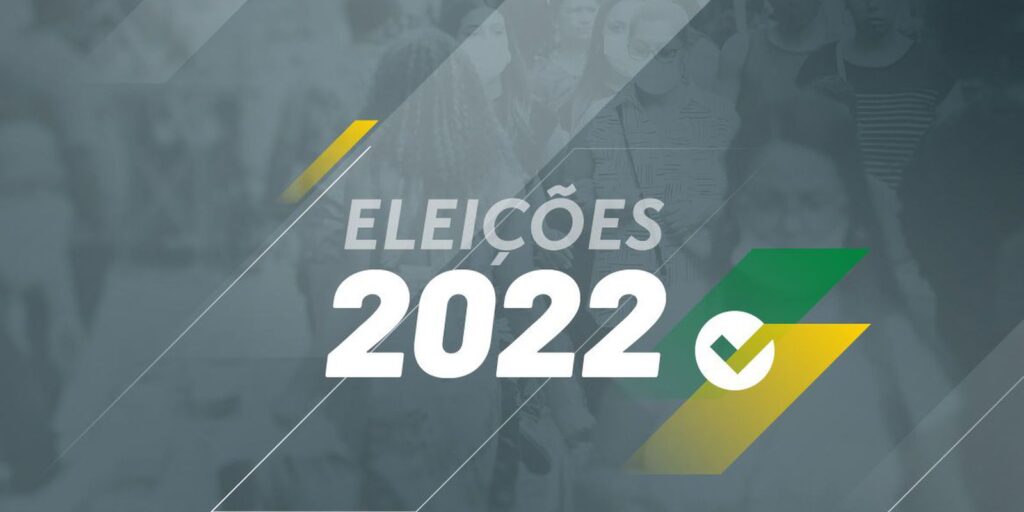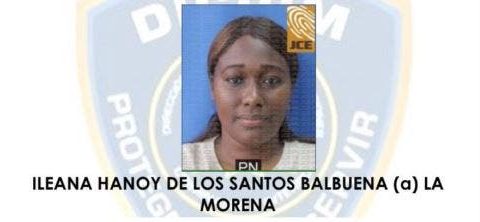With the aim of recognizing the effort made by students to reach higher education, in their respective contexts, the Undersecretary of Higher Education, Verónica Figueroa Huencho, presented this Friday the Distinctions for Educational Trajectories (DTE), which As of this year’s Higher Education Access Test (PAES), they will replace the old “national scores.”
The presentation of the DTE was attended by members of the Technical Committee for Access to the University Subsystem, as well as the rector of the University of Chile, Rosa Devés, and also the director of the DEMRE of the University of Chile, Leonor Varas.
You may also like:
In these new distinctions, the heterogeneity of those seeking to enter higher education is rescued through four relevant dimensions from an educational perspective. One is Educational Modality, which describes the type of educational establishment from which you graduated from high school. Territory is another, which distinguishes between the regions from which the applicant student body comes. There is also Pueblos Originarios, which highlights people from original peoples. And a fourth dimension that recognizes people with disabilities. Each of these dimensions recognizes different circumstances of the student.
Undersecretary Figueroa pointed out that “as a Government we are committed to moving towards a policy of access to higher education that recognizes all people and that considers their diverse origins, identities and trajectories. With this decision we seek that the groups that have historically been made invisible can participate in a more equitable context, that values their efforts and achievements, understanding their contexts and identities.”
The director of the DEMRE of the University of Chile, Leonor Varas, explained that “we are happy with this news. This use of scores, to which relevant information is added, is consistent with something we have known for a long time: tests are essential, but they do not account for other factors that are important and valuable, such as the trajectory and the effort that young people perform in their contexts”.
For her part, the rector of the University of Chile, Rosa Devés, pointed out that “we value these agreements, which arise within the Technical Access Committee, which is made up of rectors representing different universities and the undersecretary. The fact that these agreements on how to value merit and how to protect the consistency of our principles is transversal is something that is good for the country. I believe that this agreement is part of a social contract for education such as the one proposed by UNESCO in its latest report. The awards are undoubtedly symbolic, but they also communicate values regarding how society recognizes the trajectory, the achievements and their context”.
The Distinctions for Educational Trajectories seek to highlight the identities, trajectories and contexts of the students who strive to reach higher education. It was agreed to form four groups of distinctions, which will incorporate the gender parity criterion: Territories, Teaching Modality, Original Peoples and People with Disabilities:
- Distinction of Territories: People from each region will be recognized, in addition to people from the island territory, who obtain the highest score in: the average of the compulsory tests of Reading Competence and Mathematical Competence 1; the Science test; the History and Social Sciences test; and the Mathematical Competence test 2. In these four cases, gender parity will work.
- Teaching Modality Distinction: Persons who obtain 1,000 points in the ranking score and the highest average between the compulsory tests of Reading Competence and Mathematical Competence 1, for each teaching modality (Scientific-Humanist and Technical-Professional) will be recognized. , according to establishment dependency (Municipal, SLEP, Delegated Administration, Subsidized Individual and Paid Individual), and with gender parity.
- Distinction of Original Peoples: People from an original people who obtain the highest score in each mandatory test (Reading Competence and Mathematical Competence 1) will be recognized.
- Distinction for People with Disabilities: People with disabilities who obtain the highest score in each compulsory test (Reading Competence and Mathematical Competence 1) will be recognized.
In this way, and considering these four categories, the DTE could annually recognize about 160 people for standing out in the PAES tests or ranking score, considering their realities and gender parity in these four dimensions.


















